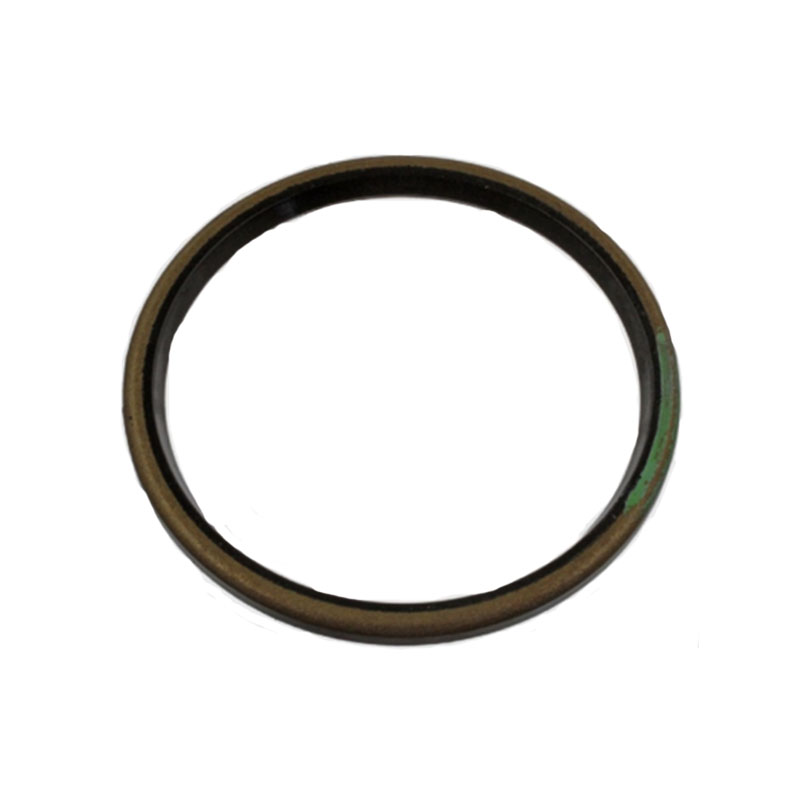Understanding Marine Cutless Bearings for Enhanced Boat Performance and Durability
Understanding Marine Cutless Bearings Essential Components for Nautical Performance
In the expansive world of marine engineering, numerous components work harmoniously to ensure the smooth functioning of vessels. Among these components, the cutless bearing stands out as an integral part of marine propulsion systems. This article delves into the significance, functionality, and maintenance of marine cutless bearings, as well as their impact on nautical performance.
What is a Cutless Bearing?
A cutless bearing is a type of bearing specifically designed for use in marine applications, particularly in boat propulsion systems and the support of propeller shafts. Unlike traditional bearings that rely on lubrication for smooth operation, cutless bearings utilize a rubber composition fortified with embedded bronze or plastic sleeves that provide durability and effective load-bearing capabilities. The unique construction allows for improved shock absorption, reducing wear and tear not only on the bearing itself but also on connected components.
Functionality and Design
The design of a cutless bearing is both innovative and functional. The external rubber layer serves as a cushion, enabling the bearing to absorb vibrations caused by the engine and water movement. This is critical, as vibration can lead to structural damage over time. Inside, the bronze or plastic utilizes a series of grooves to facilitate water flow, which serves a dual purpose it acts as a coolant and provides lubrication for the shaft.
Cutless bearings are typically mounted within the strut or directly in the hull, supporting the propeller shaft as it rotates. This positioning is essential for maintaining alignment and preventing excessive wear on the shaft. Depending on the size and type of the vessel, cutless bearings come in various dimensions, with each engineered to accommodate specific operational conditions.
Advantages
marine cutless bearing

The advantages of using a cutless bearing in marine applications are manifold. One of the primary benefits is their ability to reduce friction. The rubber and the incorporated grooves enable a slick surface that minimizes resistance, leading to improved fuel efficiency and performance. Moreover, because cutless bearings can operate well in both fresh and saltwater environments, they are ideal for a variety of boating applications.
Another significant advantage is the longevity and low maintenance requirements of cutless bearings. Their robust design allows them to withstand harsh marine conditions, and when properly maintained, they can last for many years without needing replacement. Furthermore, the absence of traditional lubrication methods simplifies maintenance routines, as there is no need for regular oil checks or changes.
Maintenance Tips
To maximize the lifespan of a cutless bearing, routine inspections are vital. Boat owners should regularly check for signs of wear, such as cracks in the rubber or an abnormal increase in play on the shaft. Additionally, ensuring that the shaft is properly aligned and free from excessive vibration will greatly enhance the bearing's longevity.
After prolonged periods of use or exposure to harsh environments, it may be advisable to replace the cutless bearing. Timely replacement will prevent further damage to the propeller shaft and associated components.
Conclusion
In conclusion, marine cutless bearings play a critical role in the overall performance and longevity of marine vessels. Their innovative design, coupled with practical advantages, makes them indispensable in modern maritime engineering. Understanding their function and maintaining them properly not only enhances the efficiency of vessels but also ensures safe sailing for all onboard. As the maritime industry continues to evolve, the significance of components like the cutless bearing remains paramount in achieving optimal marine performance.
-
Understanding Automotive Oil Seals: Essential Components for Engine and Shaft Protection
News Jul.30,2025
-
The Importance of Heavy Duty Seals in Industrial and Residential Applications
News Jul.30,2025
-
Exploring Industrial Oil Seals: From Felt Oil Seals to TTO and CFW Solutions
News Jul.30,2025
-
Essential Guide to Oil Seals: From Radial to Metal-Cased Seals for Industrial Reliability
News Jul.30,2025
-
Choosing the Right Oil Seals and Gaskets for Industrial and Automotive Applications
News Jul.30,2025
-
Cassette Seals: Durable Sealing Solutions for Harsh Environments
News Jul.30,2025
-
Understanding the Front Main Engine Seal: Purpose, Maintenance, and Installation
News Jul.29,2025
Products categories















